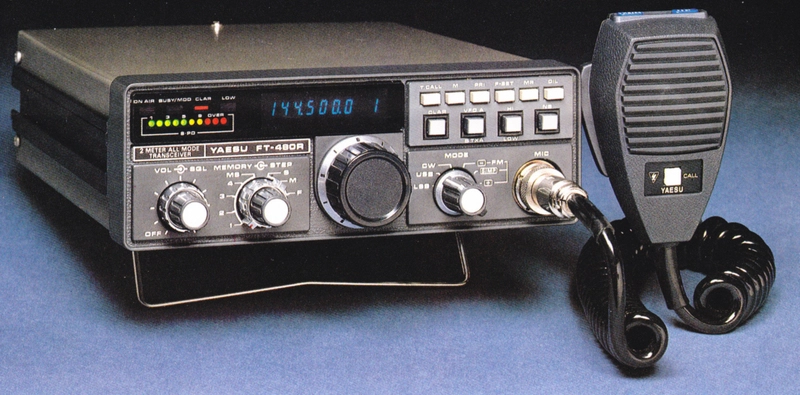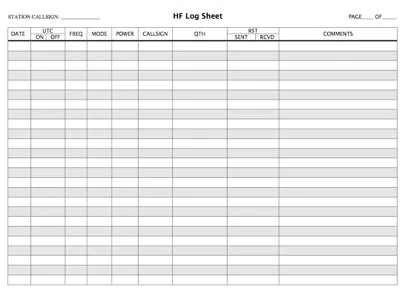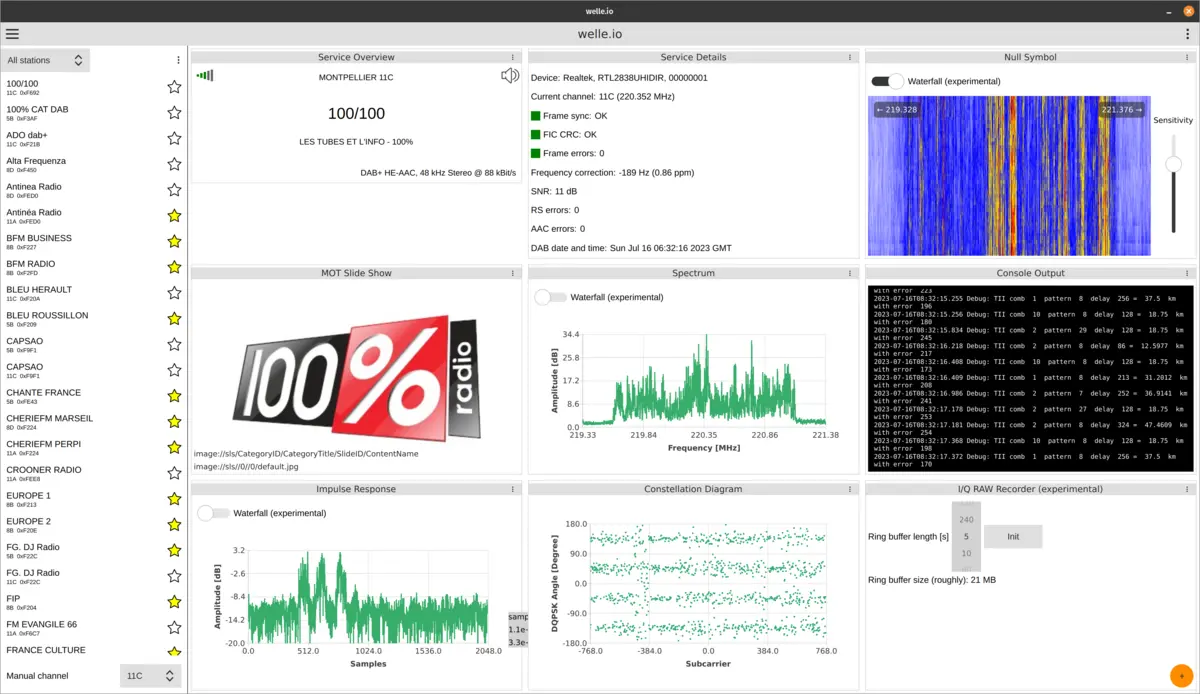I bought Boost for Lemmy on day 1 and come once in a while but let's be honest people haven't migrated off Reddit (and likely never will ) so outside of a few very specific subs there is barely anything for me to read over here...
martin77
Pour ceux qui veulent commencer pour moins cher que le HackRF, le SDR ( Software defined Radio) par défaut c'est le RTL-SDR v4 : Comptez environ 40 EUR pour un kit complet.
Le plus simple pour commencer c'est de consulter les cours qui servent de support pour le passage de la licence. Pour une licence francaise, je recommend les cours de F6KGL. Il existe des supports de formation, une chaîne youtube et aussi un discord pour avoir un suivi. La qualité de la prise de son sur les videos youtube n'est pas folle mais le contenu est la. Ensuite si tu es a Bergerac alors tu as la chance d'avoir le radioclub F6KHS a proximite. Je ne connais pas ce radio club et je ne sais pas si ils assurent des cours de formations a la licence mais cela peut etre une piste a explorer : attention. l'âge moyen du radioamateur est assez avancé et tu trouveras beaucoup de cheveux gris ;-) Que cela ne te fasse pourtant pas peur : j'ai passé ma licence alors que j'étais en seconde et je dois être 30 ans plus tard encore l'un des plus jeunes ;-)
Maintenant concernant ton hackRF, c'est deja tres bien pour faire de l'écoute : pour tester si il fonctionne commence par voir si tu arrives a entendre la FM entre 88 et 108 MHz ( Le mode sera probablement WFM = Wide FM). Si tu n'entends rien alors que tu as une antenne de brancher alors c'est probablement un problème logiciel a corriger. Ensuite pour le reste et ton example de WebSDR, il faut bien comprendre qu'il n'existe pas d' antenne qui va couvrir de 1 MHz ( ou 1.8 MHz / 160 qui est la band radioamateur la plus proche) jusqu'a 6 GHz. Chaque plage de fréquence demande une antenne qui lui est adapter. Quelques règles s'appliquent toutefois toujours pour les antennes :
- L'antenne définit la performance de la station tant en emission qu'en reception.
- Plus une antenne est installer en hauteur et mieux elle reçoit. Il est fort possible que la station du WebSDR etait situer plus haut que toi. En HF ( 300 kHz - 30 MHz) cela ne joue pas un grand role, mais en VHF ( 30 MHz - 300 MHz) ou en UHF ( 300 MHz - 3 GHz) cela devient super important.
- Plus une antenne est grande et meilleur elle est : sur 1.8 MHz une antenne de type quart d'onde fera une hauteur de 40m. Comme il est physiquement difficile de construire des antennes aussi grandes, ont fini souvent par les raccourcissent et adapter l'impédance a travers une self par example. De la meme maniere, sur 144 MHz ( ou 2m) une antenne de type yagi-uda de 17 éléments aurra plus de gain qu'une de 4 elements.
Quel type d'antenne utilise tu avec ton hackRF ? Sur quelle frequence etait la station que tu cherchais a ecouter ? Comment est installer l'antenne ? etc. !
Oui ! Depuis 30 ans ! N'hésite pas si tu as des questions.
Ce sont des CPU avec un TDP de 35w. En idle ça tourne autour de 4-7 Watts donc on est finalement pas tellement loin de la conso d'un rpi.
Ne soit pas trop déçu. A 93 EUR en France la version 4 Go + l'alimentation/ ventilateur et boitier tu arrives à pas loin de 120 EUR. A ce prix là où un peu plus cher et a moins d'avoir absolument besoin des ports GPIO il y a de bien meilleures options notamment du côté des PC au format 1L. Juste ce weekend j'en ai trouvé 2 a moins de 150 euros : 1 dell 7060 micro avec un i5-8500 / 16 GB / 256 GB SSD et un HP pro desk mini G4 avec un i5-8500T / 8 GB / 500 HDD. Ça fait de superbes serveurs proxmox qui te virtualisent quelles RPi.
Bon après a mon époque je ne me souviens pas qu'on ait jamais eu un psy a l'école... fin des années 90..
Considering the price increase and unless you really need the GPIO I don't know why you would pick this over a second hand 1L form factor PC... I love raspberry pi but since I picked up an m720q with an i5-9500t and 64 Gb of Ram that can run very intensive tasks such as a 16 slices CW/FT8/WSPR plus WebSDR and several others in Windows 11 and Linux VM or Container under proxmox they have become a very tough sell. Not to mention the way the Raspberry pi foundation treated the maker community during COVID.
It still works great: all you have to do is to create a dummy community on Reddit and set it private.
I didn't see any ad and actually had to search for the option to pay. Finally found it and was happy to 125 THB to support the developer.



Since you say you are US based you have 2 options